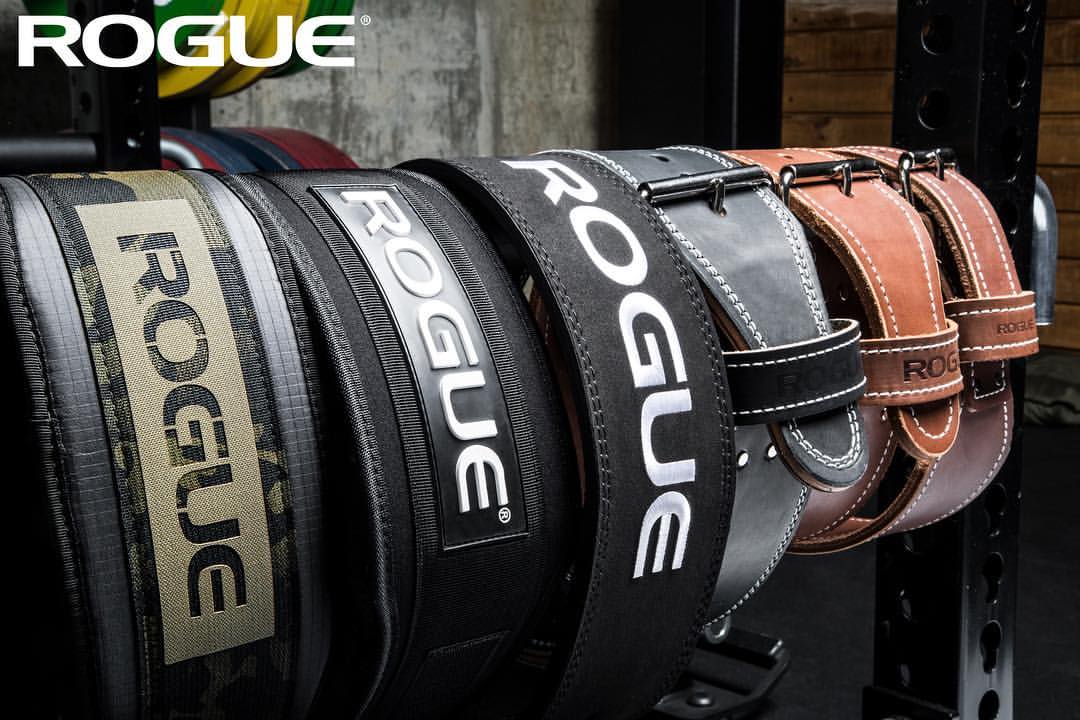Powerlifting: When to use belt
Use a belt on one repetition maximum attempts and in competition. In training, try to use it as little as possible while maintaining technical proficiency to lift with a belt.
What is your why
Before we go into the details of when to use a belt for powerlifting, let me ask you a couple of questions:
-
Why do you want to lift
-
Why do you want to change your body
-
What happens when you do
-
What happens if you don’t
These questions will make all the difference between your success and failure. Research shows that people who write down their goals and reflect on them are more likely to make them a reality. When was the last time you did this? Can you even remember? If you can’t it is time to get a pen and paper and start. Many people go about their lives like this:
-
What do I want
-
How do I get it
-
Why do I want it
This is a great way to get confused. What you want changes hundreds of times a day. It highly depends on what you see, smell, taste, hear and feel. You react impulsively to your senses. Great when you want to survive in the wilderness. Subpar in the jungle of suburbia. If you make what you want the center of attention you will spread your resources thin and scatter your time between too many activities. Something interesting happens when you flip the running order of these questions on their head:
-
Why do you want something
-
How do you get it
-
What needs to be done
This way you will focus on your long term goals and create a bias towards action. Your thoughts and actions will become more connected and success will follow. If you want to know how this works on a psychological level read Daniel Kahneman's thinking fast and slow. Simon Sinek's Ted talk on the golden circle will change your life.
It is all about creating better habits and rituals which will bring you closer to your dreams each day. One of the best ways I found to achieve this is a journal. I have been using the self journal from best self for two years now. Since then my marriage and salary have dramatically improved. You can check it out via this link.
Powerlifting
Powerlifting is the sport of the total. Your total consists of three lifts. These are the bench press, squat, and deadlift. For each lift you get three attempts to establish the highest weight. Your best attempt will be counted towards your total. Based on your total you will be ranked against your competitors.
A big difference to lifting in the gym is that you will be judged. Three referees will observe your performance from different angles and decide whether you performed according to the standards of the federation you are competing in. Two out of three have to agree for your attempt to qualify. You need at least one qualifying attempt for each lift to make it on the board. Otherwise, you will be disqualified.
What kind of belt to use
If you take things really serious use a Rogue lever belt for powerlifting. This belt makes it easy to get in and out of while being super tight. With the lever, you will never have problems to get in and out. The downside is that you need a screwdriver to adjust this belt to your needs.
A budget option can be the Rogue Echo belt. If you just occasionally lift or want to offer a good option to use for everyone in the gym, this is your go-to option.
Using a belt all the time
One option is to use a powerlifting belt all the time. Warm up sets, work sets, and top sets. This has the benefit of taking the pressure off your lower back and enabling you to lift harder for longer. You will ingrain technique with a belt and always be ready for competition.
The downside of using a belt all the time is that you become reliant on it. Your lower back and core will not get as strong as the rest of your body due to the extra support the belt provides. This can lead to weak tissue especially around your abs. The result can be that it rips as the weight you are lifting can be supported by the rest of your body, but is weak around the core.
Using a belt only on top sets
Another method is to only use your belt on your heaviest set for the day. This is great to go heavy and simulate competition on a regular basis. It also addresses the need to develop your midsection without a belt on.
The downside to this approach is that you need to get the belt for your top set. You either have to bring one or hug the one if the gym while doing your sets. This approach will also middle the back down sets a little as you will never exactly know how much to go back from your top set as it was performed with a belt while all other work has been done without one.
Using belts in cycles
I have tried both approaches. Having a belt on all the time, mixing it during the workout. The first approach got me Injures, the second one too. Since the. I like to cycle the use of my belt. My training cycles usually last somewhere between three months to half a year. Based on this I alternate between training with and without a belt.
Powerlifting: when to use a belt
My personal opinion is to use a belt as little as possible while still staying technically proficient to use it. Lifting with a belt does enable you to lift bigger weights and at the same time requires different technique and focus. If you want to compete, plan your sessions accordingly that your heaviest work before the competition will be done with a belt. Weekend warriors technically do not need a belt if they pick their load right.


